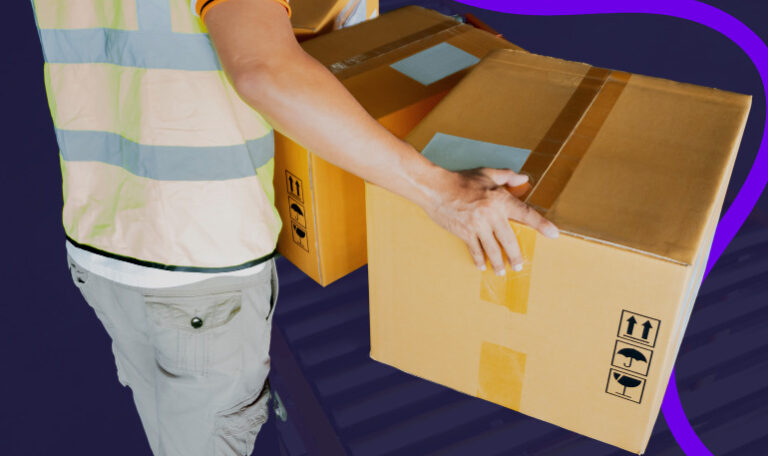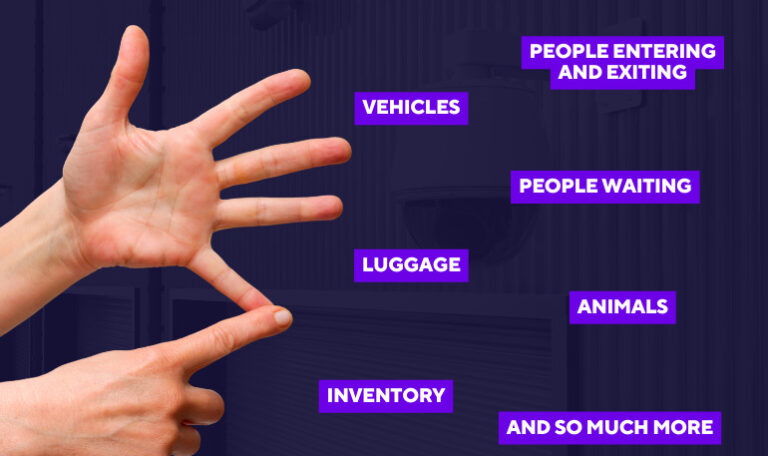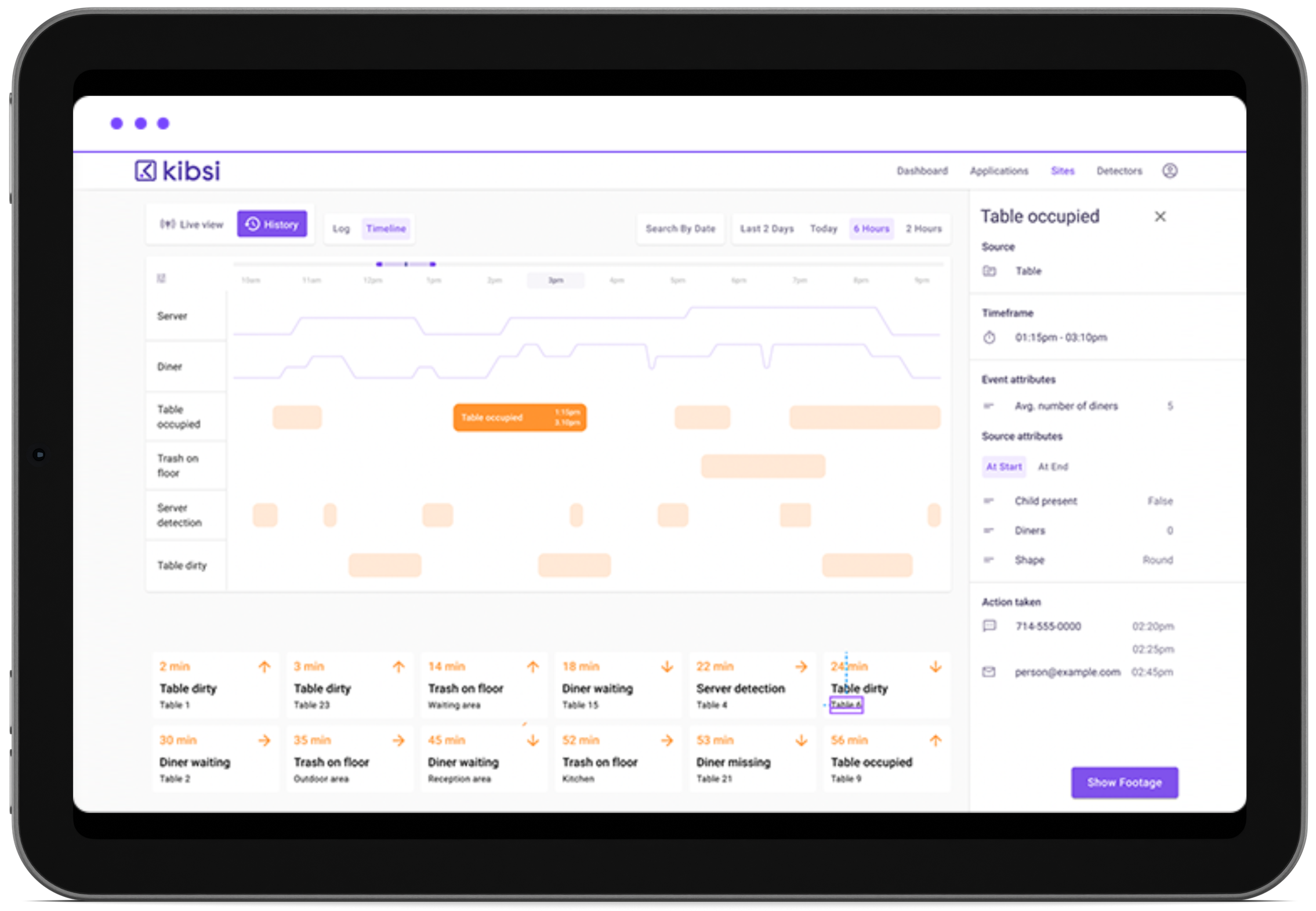Is AI a revolution or a fad for traditional industries?
Artificial intelligence (AI), particularly computer vision, is creating a stir in manufacturing and logistics. While some leaders are enthusiastic about its potential to streamline operations and boost efficiency, others remain hesitant due to lingering misconceptions.
Making data-driven decisions is crucial for any leader. This article tackles nine common myths about AI and computer vision, focusing on factual capabilities and the concrete benefits they bring to established industries. Let’s explore how AI can enhance, not replace, existing processes and empower your workforce to achieve better results.
Myth #1: Computer Vision is Too Complex for Traditional Industries
Busted: The belief that AI is reserved for tech giants is a common misconception. Computer vision technology is proving its worth across various sectors, including established ones like manufacturing and logistics. It doesn’t aim to replace time-tested processes; instead, it complements and strengthens them.
For instance, user-friendly platforms like Kibsi are emerging that make setting up custom vision applications accessible. This bridges the gap between traditional operations and cutting-edge technology, making computer vision a viable option for any industry seeking to evolve.
In fact, a recent McKinsey survey found that AI leaders outperformed their industry peers by a factor of 3.4. Globally, there are estimates that AI has the potential to deliver additional total economic activity of some $13 trillion by 2030. Plus, approximately $1 trillion in value is still out there to be captured by the industrial sector.
Additionally, unlike complex solutions requiring extensive infrastructure changes, Kibsi leverages your facility’s existing video camera systems. This significantly reduces implementation time and cost, making computer vision easier for traditional industries to swallow.
Myth #2: AI Implementation Disrupts Established Processes
Busted: The fear of disruption is real, but so are the solutions. Integrating AI doesn’t necessitate a complete overhaul of your operations. The beauty of modern computer vision platforms lies in adaptability. Kibsi, for example, can integrate into existing workflows, providing valuable insights and efficiencies without causing upheaval.
Imagine a logistics center leveraging Kibsi’s computer vision to optimize the flow of goods without altering the existing infrastructure. This translates to evolution, not revolution, and enhancement, not replacement.
Myth #3: Computer Vision Results Aren’t Trustworthy for Critical Decisions
Busted: Leaders in high-stakes industries may be hesitant to trust AI with critical decisions. However, computer vision systems like Kibsi are designed to enhance, not undermine, decision-making. Platforms prioritize accuracy through rigorous testing in diverse scenarios before deployment.
Furthermore, computer vision assists human oversight rather than replacing it. It provides valuable data that leads to better-informed choices. This collaborative effort between human expertise and machine precision leads to optimal outcomes.
Myth #4: AI Requires Huge Upfront Investment with Uncertain ROI
Busted: The perceived high cost of AI is a lingering doubt. However, computer vision technology is designed with cost-effectiveness in mind. Kibsi, for example, utilizes a low-code approach and scalable solutions, resulting in a lower initial investment than expected, with substantial potential return on investment (ROI).
Whether it’s reducing waste, improving safety, or enhancing quality control, the tangible benefits quickly translate into measurable ROI. Additionally, the cost savings from preventing errors or improving efficiency can be significant over time.
A 2020 PricewaterhouseCoopers (PwC) report found that companies that have adopted AI are experiencing a 300% higher return on investment (ROI) than those that haven’t. This indicates that the initial investment in AI can be outweighed by the potential financial benefits.
The best news is that many of the computer vision models needed for common industrial applications are already readily available within CV platforms like Kibsi. This eliminates the need for lengthy custom model development, significantly speeding up deployment and allowing you to see a return on your investment faster.
Myth #5: Computer Vision Leads to Greater Liability Risks
Busted: The concern about increased liability with any new technology is understandable. However, computer vision can actually mitigate risks by providing consistent monitoring and analysis that human oversight might miss. Platforms like Kibsi offer robust compliance features and prioritize adherence to industry standards, reducing the potential for costly mistakes.
In a manufacturing context, Kibsi’s computer vision can spot safety hazards before they result in accidents or ensure products meet quality standards before reaching the market, thereby protecting against liability.
For instance, a Forbes article from 2024 highlights how AI can improve safety in the manufacturing industry. Computer vision can be used to identify potential safety hazards and prevent accidents, ultimately reducing liability risks.
Myth #6: AI Replaces the Human Workforce, Causing Unrest
Busted:
The narrative of AI replacing jobs is one of the most pervasive myths. The truth is AI, like computer vision, is intended to augment human capabilities, not replace them. For example, Kibsi empowers workers by taking over repetitive, mundane tasks like visual inspections. This allows them to focus on more strategic, creative work, potentially leading to upskilling and a more fulfilling work experience.
By automating routine tasks, employees are freed from tedious work and can contribute in more meaningful ways, which can improve morale and job satisfaction.
The World Economic Forum’s “The Future of Jobs Report 2020“ predicts that while some jobs may be displaced by automation, many new ones will be created. The report emphasizes that AI will likely augment human capabilities rather than replace them entirely.
Myth #7: AI Integration is a Long and Tedious Process
Busted: The assumption that introducing computer vision is a drawn-out affair is outdated. User-friendly platforms like Kibsi ensure swift and straightforward integration. Support teams work closely with businesses to ensure a smooth implementation process that respects existing timelines and workflows.
Additionally, the low-code approach offered by Kibsi minimizes the need for extensive programming or IT expertise. This makes computer vision accessible to a wider range of businesses within traditional industries.
Myth #8: Computer Vision Isn’t Feasible in Unpredictable Environments
Busted: Industrial settings are often seen as too unpredictable for computer vision to function effectively. However, this doesn’t hold true for modern technology. Today’s computer vision systems are designed with high adaptability to operate in various conditions. Coupled with constantly improving camera technology, these solutions are only going to better over time.
Fluctuating lighting, changing workflows, or new types of products are no match for Kibsi’s advanced computer vision systems. Their platform allows on-site teams to make quick adjustments, ensuring consistent performance without the need for constant intervention from tech specialists.
Myth #9: Computer Vision Doesn’t Have a Place in Physical, Non-Digital Industries
Busted: The misconception that AI is only for digital spaces is limiting. Computer vision thrives in the physical world, bringing digital intelligence to tangible processes. For industries that deal with physical goods, such as manufacturing, supply chain and logistics, Kibsi’s computer vision solutions offer a real-world impact.
By monitoring equipment performance, ensuring safety protocols are followed, and optimizing the supply chain, computer vision provides insights that drive efficiency and effectiveness in the real world. It’s not about replacing the physical with the digital; it’s about enhancing the physical with the digital revolution.
Building a Future with AI and Computer Vision
As we’ve navigated through these common myths, it’s clear that the narrative around computer vision and AI needs to shift. Traditional industries stand to gain significantly from embracing these technologies. The key is to move beyond misconceptions and recognize the practical, scalable, and beneficial nature of computer vision in industrial settings.
The Road Forward
Kibsi is a prime example of how computer vision can be readily implemented to empower your workforce and revolutionize your operations.
Here’s why Kibsi stands out:
- Focus on Existing Infrastructure: Unlike some solutions requiring extensive camera overhauls, Kibsi leverages existing video camera systems, making computer vision adoption faster and more cost-effective.
- Pre-built Models and Scalable Solutions: Kibsi offers a library of pre-built computer vision models for common industrial applications. This eliminates the need for lengthy custom model development and allows you to see results quicker. Their platform is also designed to adapt and grow alongside your needs.
- Ease of Use: Kibsi prioritizes a user-friendly, low-code approach. This empowers even businesses without extensive IT resources to leverage the power of computer vision.
Ready to Explore the Possibilities?
By embracing AI and computer vision, traditional industries can unlock a new era of efficiency, productivity, and safety. With a clear understanding of these technologies, leaders can make informed decisions about incorporating them into their operations.
Take the next step with Kibsi: Schedule a chat to explore how Kibsi’s computer vision solutions can address your specific needs. Don’t let myths hold you back. Partner with Kibsi to unlock the potential of AI and computer vision in your traditional industry.







